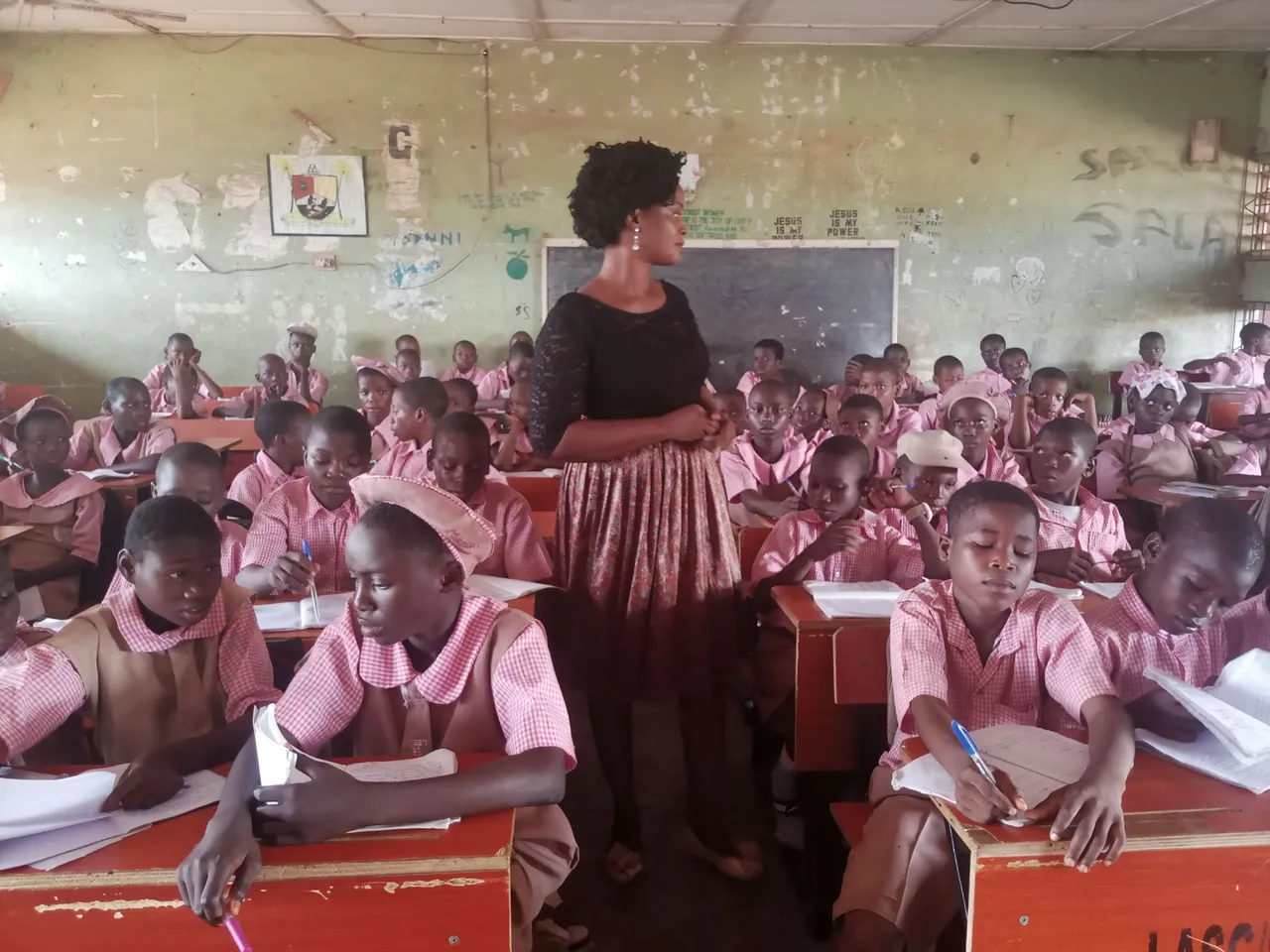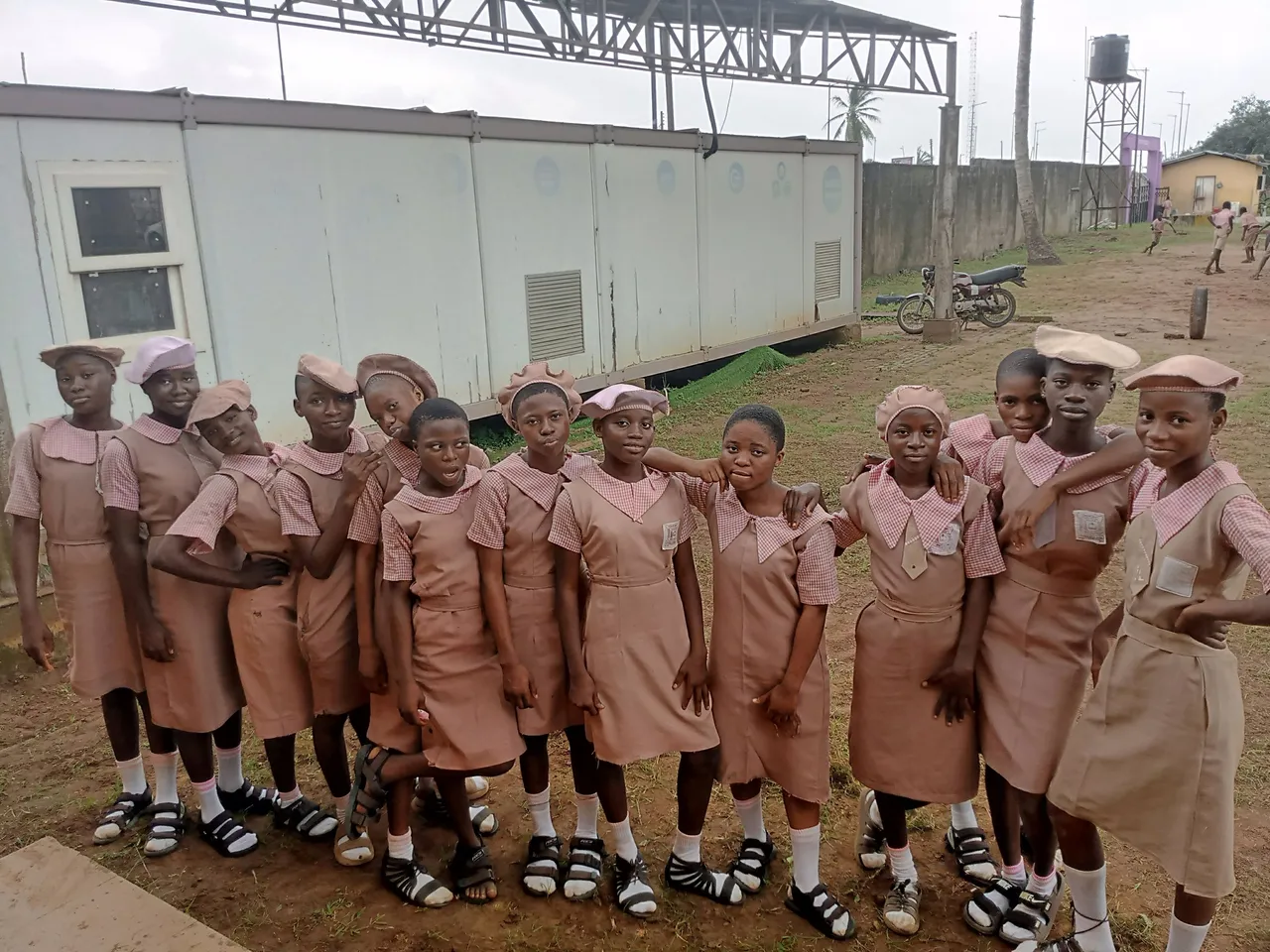In my country Nigeria, the education system is a 6-3-3-4 structure, that is, A child will spend six years in primary school, three years in junior secondary school, three years in senior secondary school, and four years in the university(or more, depending on the course of study). Before starting a primary school here in my area, there was an age limit of 6years, but now children as young as 1year and 2years have started schooling already, which tells you that the level of education has evolved. Education is overseen by both federal and state governments, and the official language of instruction is English, though many schools in other states prefer their local language to teaching rather than using English, especially in rural areas.

No gender disparity
Access to education in Nigeria is officially open to all citizens, regardless of gender. In reality, everyone can pursue their education as far as possible, from nursery to postgraduate studies. However, in practice, several challenges affect equal access to education, particularly for girls and children in rural or economically disadvantaged communities, and also illiterate families can oppose their girls getting educated, and I believe that's not rampant anymore.
While significant progress and civilization have been made over the years, gender disparity in education still exists in some parts of the country, especially in the northern regions. Cultural norms, early marriages, economic hardship, and insecurity (especially in areas affected by terrorism like the Northeast) often limit girls’ access to school. So, they believe the girls should be shunned totally from their right to education.

The future leaders🥰
For example, in many rural areas, boys are often prioritized when families can only afford to send one child to school. Girls may be expected to stay at home to help with household chores or be married off at a young age. When I was in the North for my one-year mandatory service, I discovered the girls are always at home during school hours preventing them from their right to education because education has nothing to offer them since they will be married and be limited to childbearing 🤔
However, the orientation in the urban centers, such as the southern regions, Western regions, and Eastern regions, generally has more balanced access between boys and girls, although economic factors still play a role, at least they allow equal right to education. There are no limitations at any level. Girls are doing better now, they have a voice in the educational sector.

We're worth it👌
The enrollment rate for primary school pupils is relatively high, but drops off significantly at the secondary schools due to one challenge or another, and also at the tertiary levels. In my school, as an example, the ratio at first enrollment in JS1 seems very high, but automatically as they progress till they graduate from the secondary school. At times, we can see them dropping out due to teenage pregnancy, poverty, lack of parental care, etc.
What's the ratio of young boys to young girls going to school? Both genders are given the right to education, and we do not operate on gender inequality. Universal Basic Education (UBE) through the government has been able to provide free and compulsory education for all children up to junior secondary school. However, in some areas like the Northern part, the ratio of girls to education can be as low as 20% for 100% boys because they marry the girls off early and consider them to be a full housewives to their husbands.
This is my participation in the #hiveleaners weekly prompt on the topic: Getting Educated
The Image used is mine.